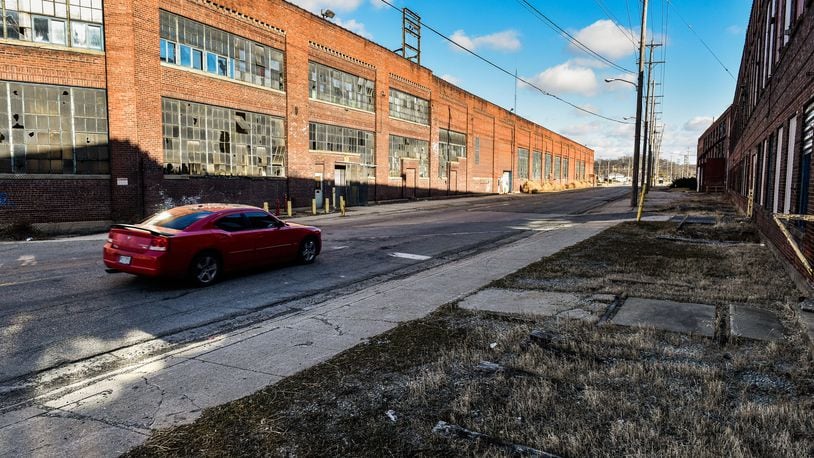The rehabilitation project will convert the huge industrial building at 600 N. B St. into a hotel and event center that will complement Spooky Nook’s planned indoor sports complex — Spooky Nook at Champion Mill, which is projected to create tens of millions of dollars in economic impact each year throughout Hamilton and the surrounding area.
MORE: Spooky Nook founder: No matter what funding occurs ‘we’re not walking away’ from Hamilton
Spooky Nook Sports at Champion Mill is expected to break ground along North B Street and the west shore of the Great Miami River later this year in advance of a 2020 opening. Total cost of the project is expected to exceed $48 million.
“The credit is very significant to the project,” said Mike Dollard, Spooky Nook’s chief financial officer. “It is doing exactly as the program was designed: to revitalize communities, stimulate economic growth, and fill in the financial gaps in these projects. We are grateful to the State of Ohio and the City of Hamilton for their support and vision.”
MORE: A sports complex coming to Hamilton had a massive impact in another state. Here’s what happened.
The capital stack supporting the project is nearly complete and Spooky Nook officials anticipate it wrapping up shortly, according to spokeswoman Mackenzie Bender.
“With the external remediation almost finished, we remain focused on a late summer start on additional site work,” Bender said.
Hamilton City Manager Joshua Smith said receiving the State of Ohio Historical Tax Credits was an important hurdle for moving the Spooky Nook mixed-use project forward.
“As any post-industrial city will confirm, repurposing industrial buildings that are functionally obsolete into a new use, while retaining huge components of the historic fabric, is a near-impossible task,” Smith said.
He credited Cleveland-based Sandvick Architects, Steve Coon of Historic Developers and the entire Spooky Nook team for working their way through the lengthy application process, which lasted for at least a year.
The final hurdle, he said, is confirming a $7 million allocation of New Markets Tax Credits, which along with historic tax credits, are crucial in projects where redevelopment costs exceed existing value.
“Hamilton continues to fight above our weight class,” Smith said. “It’s never one person or organization that continues to move us forward, but an all-out, maximum team effort.”
The Ohio Historic Preservation Tax Credit program is administered in partnership with the Ohio History Connection’s State Historic Preservation Office. The State Historic Preservation Office determines if a property qualifies as a historic building and that the rehabilitation plans comply with the U.S. Secretary of the Interior’s Standards for Rehabilitation.
The tax credits for the Champion Mill site are part of $30,228,955 in Ohio Historic Preservation Tax Credits announced Wednesday for the rehabilitation of 31 historic buildings.
Together, the projects are expected to leverage approximately $348 million in private investment in 13 communities. The awards bring the total number of Ohio communities with historic preservation tax credit projects to 67.
“An old building can be a blemish or a promise for the future,” said David Goodman, director of the Ohio Development Services Agency. “These communities have chosen an economic boost for the future.”
Champion Paper No. 2 Mill was one of several buildings associated with Champion Paper’s operations in Hamilton.
The mill, once the largest coated-paper mill in the world, operated for more than 100 years as one of the city’s largest employers, before International Paper acquired all Champion International assets and assumed ownership of the Hamilton plant and its 800 employees in 2000.
International announced the sale of the local mill to a Florida merchant banking firm, Smart Papers, in January 2001 and Smart Papers wound down operations at the site in 2012.
About the Author
